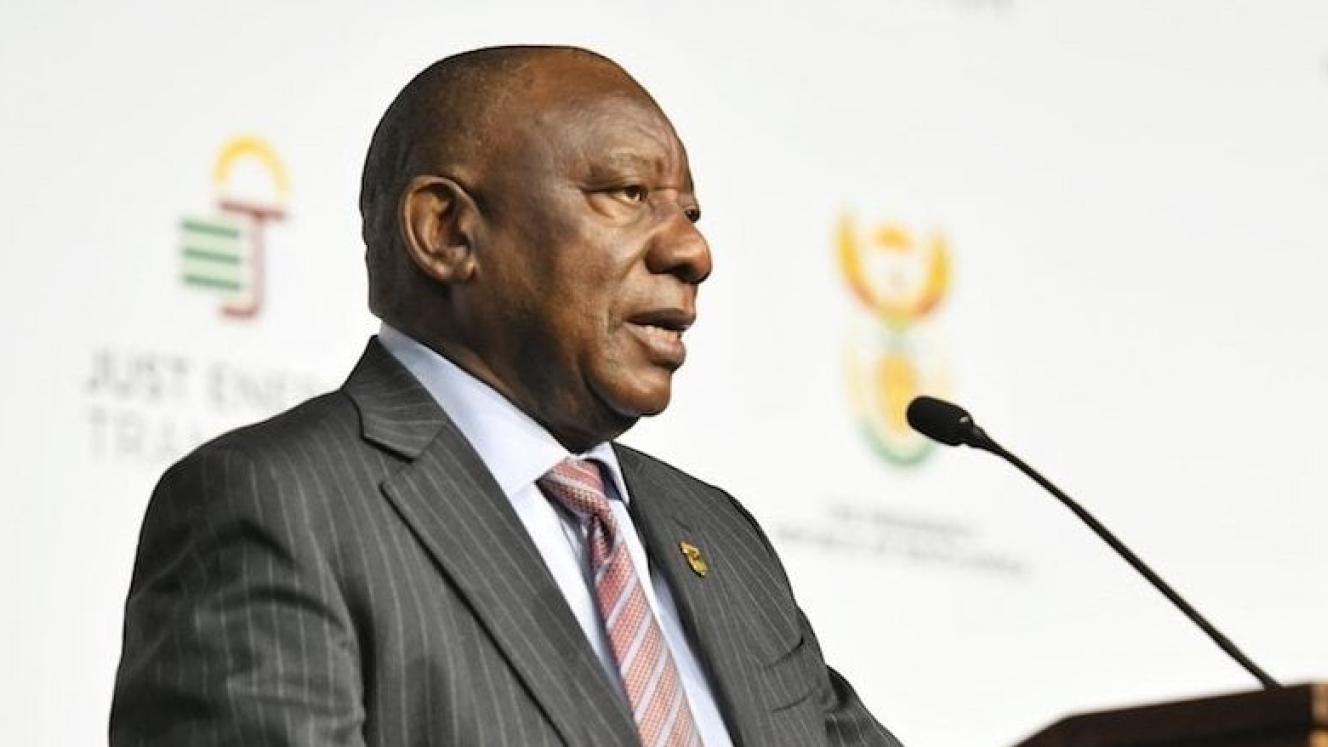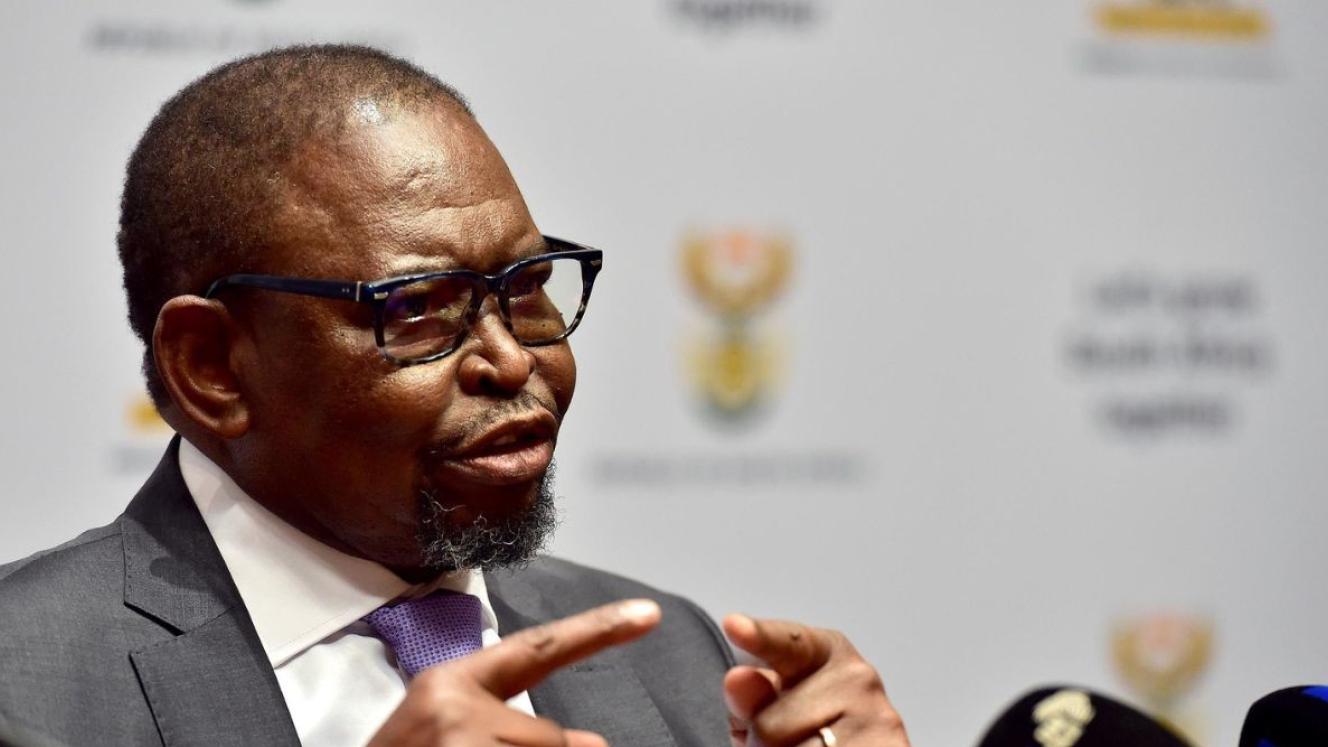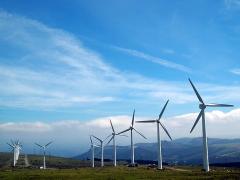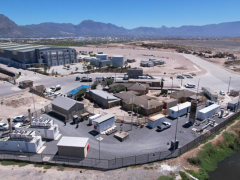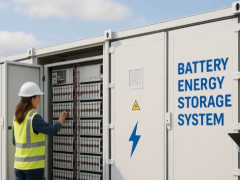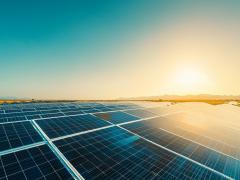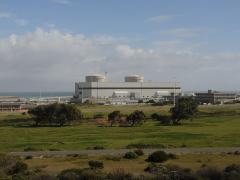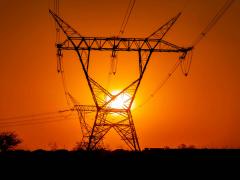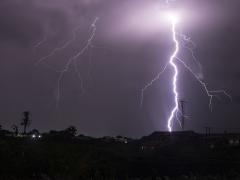The Presidency has announced a three-month deadline to implement urgent operational improvements at Eskom and unblock new generation capacity to stabilise South Africa’s power supply and support economic recovery.
Following a Government-Business Partnership meeting convened by President Cyril Ramaphosa last week, the Presidency confirmed that technical teams from both sectors will focus on lifting Eskom’s energy availability factor (EAF), accelerating the return to service of generation units and fast-tracking new grid connections for independent power producers (IPPs).
“The workstreams have developed a three-month sprint plan with specific deliverables to improve EAF, return units to service and connect new generation capacity to the grid,” Ramaphosa said.
The intervention comes amid downgraded GDP growth forecasts. “The pace of our work must increase to match the scale of the challenge,” he said.
EAF recovery and maintenance prioritisation
A key focus is improving EAF by addressing unplanned outages and maintenance backlogs. According to the Presidency, the plan includes:
- Intensifying planned maintenance and improving turnaround times.
- Accelerating the return to service of generation units currently offline.
- Optimising the performance of available capacity.
These efforts are coordinated under the Energy Workstream of the Government-Business Partnership, which was established in 2023 to address structural constraints in energy, logistics, fighting crime and youth employment.
These national-level interventions to stabilise generation and unlock grid capacity are being reinforced by reforms at municipal level under a new phase of Operation Vulindlela. The energy workstream is being delivered in partnership with the Energy Council of South Africa, which facilitates broad business participation across revised National Energy Crisis Committee 2.0 workstreams. “We will continue to prioritise practical implementation as we enter the second phase of Operation Vulindlela, which aligns with the Government-Business Partnership’s objective of accelerating reforms and operational improvements to drive growth and job creation,” the council said.
Unlocking grid capacity for new projects
Measures are also underway to resolve grid access bottlenecks that have stalled the addition of new generation. “Progress has been made in unlocking grid access and connections for projects that were previously grid-ready but unable to connect,” Ramaphosa said.
This includes implementing the National Energy Regulator of South Africa’s recently approved electricity wheeling framework, which enables IPPs to transmit power to end users across Eskom’s network. The framework is seen as central to expanding private-sector participation in generation and wheeling markets.
Monitoring and delivery mechanisms
Bi-weekly reviews and technical dashboards have been introduced to track progress across workstreams.
“There are regular monitoring mechanisms in place to ensure delivery of key actions over the next three months,” Ramaphosa said. These include cross-sectoral implementation teams, led jointly by government departments and private-sector experts.
In parallel, efforts are being made to strengthen the national grid and transmission infrastructure to accommodate decentralised generation. “The workstream is identifying high-impact reforms and investment opportunities to increase energy generation and diversify supply,” he said. Workforce capacity at implementing agencies is also under review with plans to deploy technical support where capacity is limited, Ramaphosa said.
